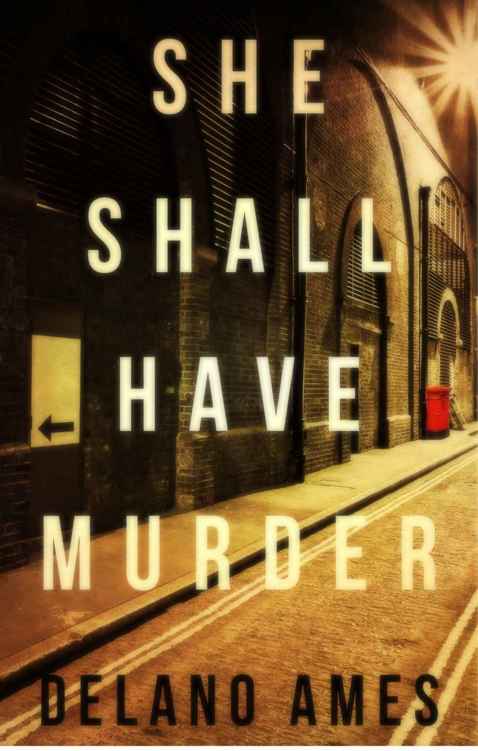Dagobert Brown’s always got a new interest, Gregorian chant, wildflowers, sixteenth-century French poetry. His latest hobby, however, is murder—or at least, the murder mystery he wants Jane Hamish to write. Jane is the practical one, a no-nonsense girl, who has one weakness: Dagobert, who exasperates her and intrigues her in equal parts. “Dagobert is my hero,” she says, “but he persistently refuses to act like one.” So, together they start looking at people in Harriet’s office for plot ideas. Mrs. Robjohn seems like the perfect victim for Jane’s book: a lonely, delusional spinster who haunts the law offices where Jane works, telling everyone who’ll listen that sinister men are following her. When Mrs. Robjohn’s found dead of gas poisoning in her flat, Dagobert won’t believe it’s an accident. Dragging Jane with him through 1940s London, from pub to nightclub to deserted warehouse district, Dagobert throws himself enthusiastically—if eccentrically—into sleuthdom, determined to track down a real-life killer. In their easy camaraderie and witty banter, Dagobert and Jane bring to mind Dashiell Hammett’s Nick and Nora, but Jane is every inch Dagobert’s intellectual equal and partner in detection. A classic Golden Age mystery, She Shall Have Murder, the first in Delano Ames’s Dagobert and Jane Brown series, stands up to the best in its genre today. But its absorbing portrayal of life in London between the wars adds another dimension, highlighted in this annotated Manor Minor Press edition.
Shopping Basket



